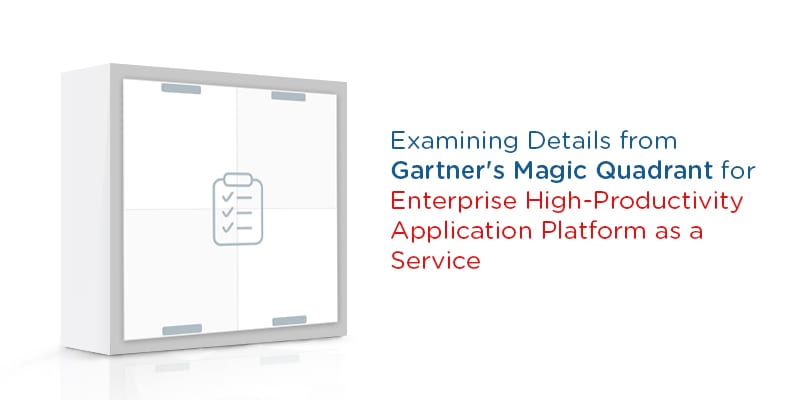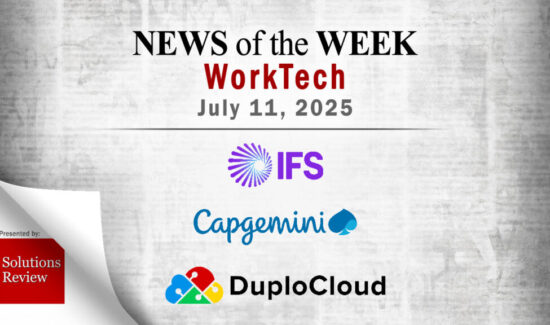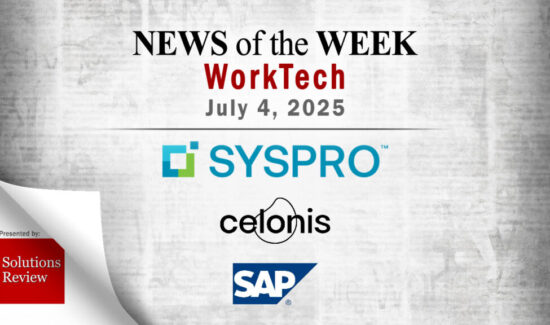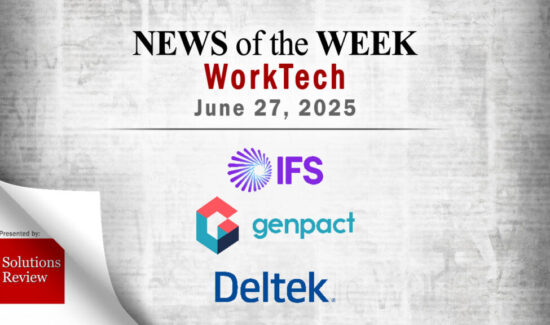Examining the BPM Providers from Gartner’s 2018 Magic Quadrant for Enterprise High-Productivity Application Platform as a Service


Analyst house, Gartner Inc., has released their 2018 Magic Quadrant for Enterprise High-Productivity Application Platform as a Service. Gartner recognizes the importance of high-productivity application as a service (hpaPaaS) for enterprises and small to medium-sized businesses. These hpaPaaS clouds are simpler to use than an aPaaS provider, as they require less knowledge of programming.
Due to businesses struggling to manage the demand for low-code applications, digital business requirements and skill set challenges, hpaPaaS continues to grow across enterprise IT.
Definition
Gartner defines Platform-as-a-Service (PaaS) as an application infrastructure functionality enriched with cloud characteristics and offered as a service. Application PaaS (aPaaS) is described as an offering that support app development, deployment and execution in the cloud. High-productivity aPaaS (hpaPaaS) provides rapid application development (RAD) features for development, deployment and execution in the cloud. The RAD features are often referred to as “low-code” and “no-code” support.
hpaPaaS solutions provide support for User Interface (UI) capabilities via responsive web and mobile apps, orchestration of pages, business process, built-in database and on-button deployment.
“In particular, note that the related areas of business process management (BPM) and mobile app development have some characteristics of high-productivity development,” Gartner adds.
The Solution Providers
In this report, Gartner evaluates the strengths and weakness of 20 hpaPaaS providers that they considers most significant in the marketplace, and provides readers with a graph (the Magic Quadrant) plotting the vendors based on their ability to execute and their completeness of vision. The graph is divided into four quadrants: niche players, challengers, visionaries, and leaders.
The 20 hpaPaaS providers selected for this year’s report are: AgilePoint, Appian, Betty Blocks, bpm’online, Caspio, Fujitsu, Kintone, Kony, MatsSoft, Mendix, Microsoft, Oracle, OrangeScape, OutSystems, Pegasystems, Quick Base, Salesforce, ServiceNow, Trackvia, and Zoho.
Added to the Magic Quadrant this year was: AgilePoint, bpm’online, MatsSoft, Microsoft, OrangeScape and PegaSystems.
Business Process Management Providers
As you may have noticed, many of the solution providers listed above are either BPM and/or workflow management solution providers or have BPM capabilities embedded within their offerings. This is because BPM software solutions are an integrated set of technologies that coordinate people, machines and things. These software suites use actionable, real-time insights from operations intelligence to extend the orchestration and automation of adaptive business processes.
AgilePoint, Appian, bpm’online, OrangeScape, MatsSoft, Pegasystems, Trackvia and Zoho all have BPM offerings, and if you haven’t guessed already, they all offer low-code or no-code BPM software solutions, drawing the correlation between this Magic Quadrant to business process management solutions.
AgilePoint: since 2015, AgilePoint has offered its NX low-code hpaPaaS. NX has evolved from a BPM-oriented platform to support more general application development tasks.
Appian: offers a low-code hpaPaaS solution, which enables application authors to create both process- and data-centric applications through its strong BPM and case management capabilities.
bpm’online: since 2011, bpm’online has been providing a BPM-oriented hpaPaaS. Delivering out-of-the-box solutions, integrations and processes that accelerate development, integration and implementation, the company provides traditional workflow abilities that include the orchestration of processes across teams and applications to support continuous process transformations.
MatsSoft: provides a low-code hpaPaaS called MATS that originally targeted BPM-type applications.
OrangeScape: starting as a workflow solution in Google Apps for G Suite customers in 2012, OrangeScape offers a hpaPaaS solution called KiSSFLOW. KiSSFLOW is a cloud-based BPM platform that is primarily used by citizen developers to create process-centric applications.
Pegasystems: the Pega Platform allows for a unified set of process orchestration, decision management, integration and user experience capabilities that also support its CRM SaaS applications and BPM qualities.
TrackVia: since 2006, TrackVia has been providing an easy-to-use web and mobile platform for low-code developers, offering a hpaPaaS solution that is workflow-centric.
Zoho: Creator, from Zoho is the company’s hpaPaaS offering that complements its CRM, sales force automation and business productivity SaaS offerings. Zoho Creator targets business citizen developers with a drag-and-drop experience and also supports complex workflows.
Read the 2018 Magic Quadrant for Enterprise High-Productivity Application Platform as a Service.
Looking for more? Download our BPM Buyer’s Guide for free to compare the top-24 products in the market with full page vendor profiles and our bottom line analysis. The guide also includes 4 key capabilities to consider while looking for a BPM solution and 10 questions to ask yourself and the software provider before purchasing. For those just starting the journey of choosing a BPM solution, there’s no better place to start.
And don’t forget to follow us on Twitter, LinkedIn and Facebook for all the latest in Work Tech!




















